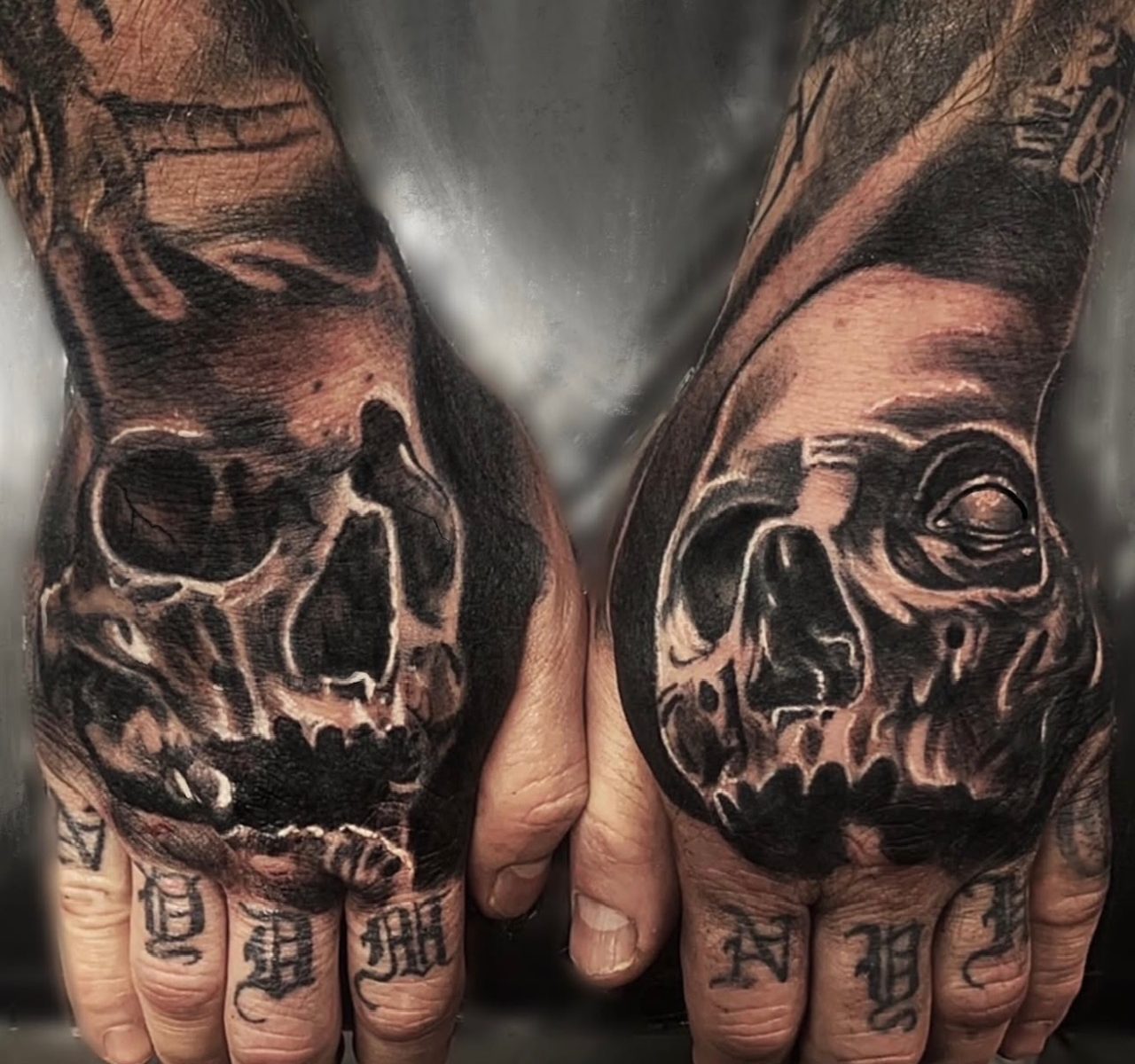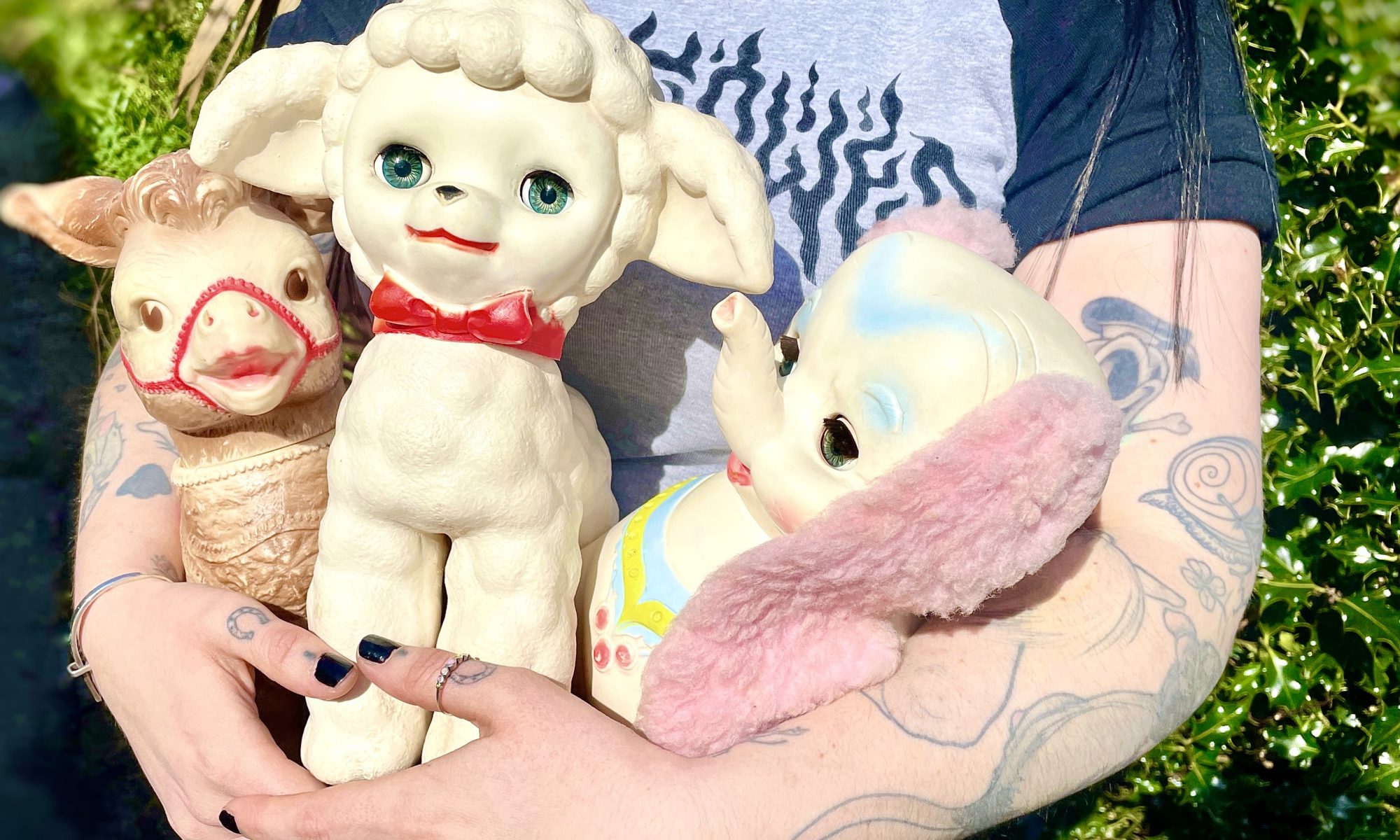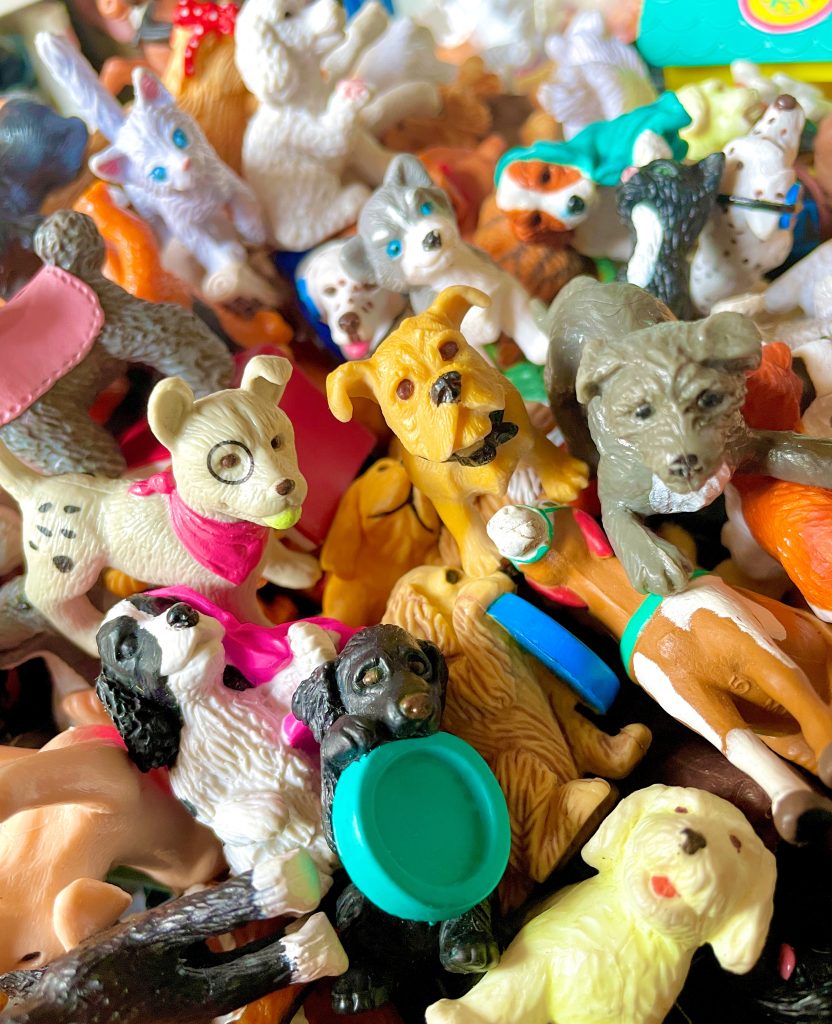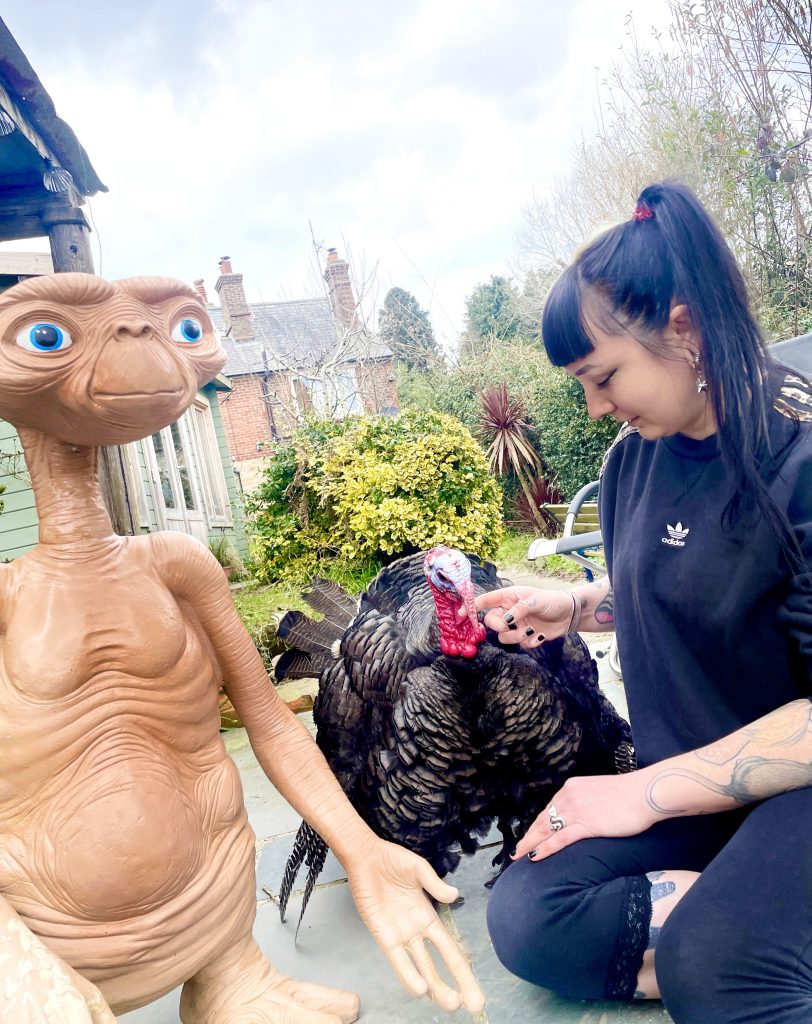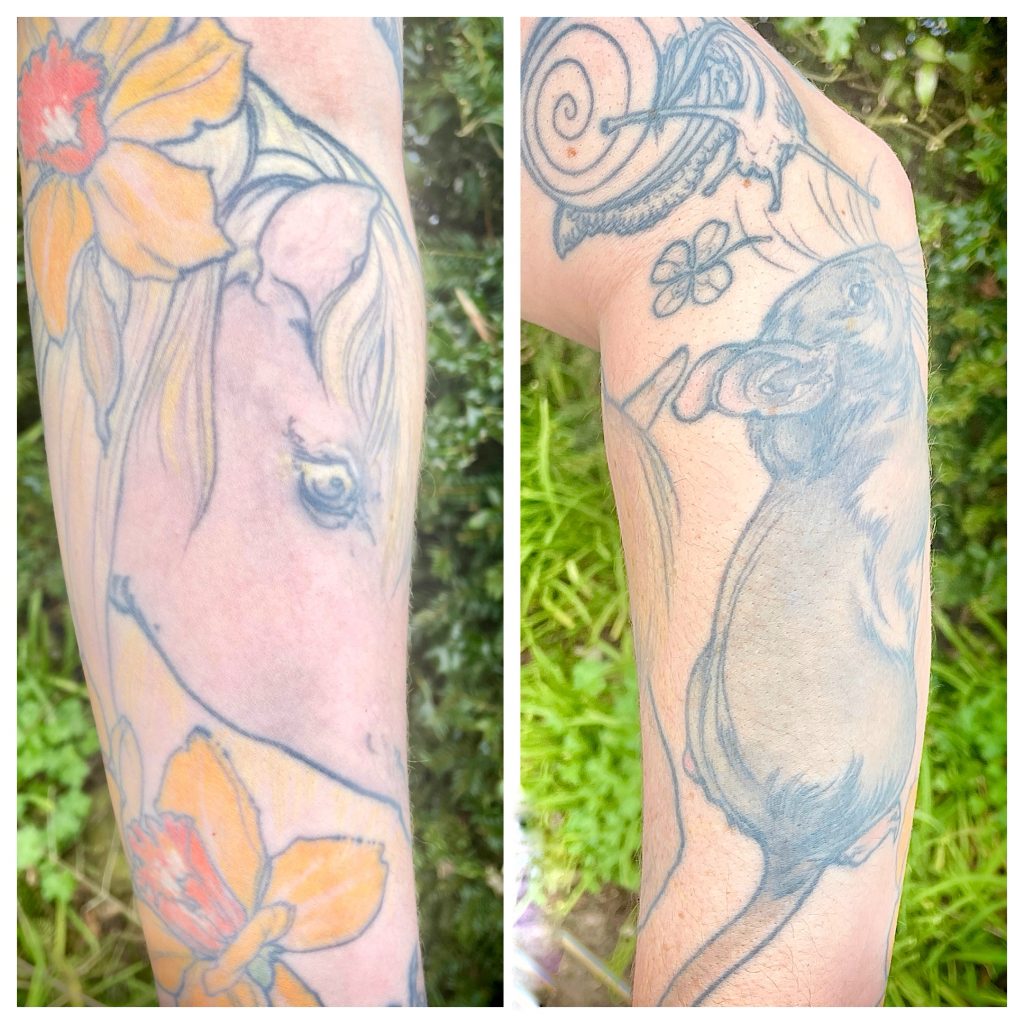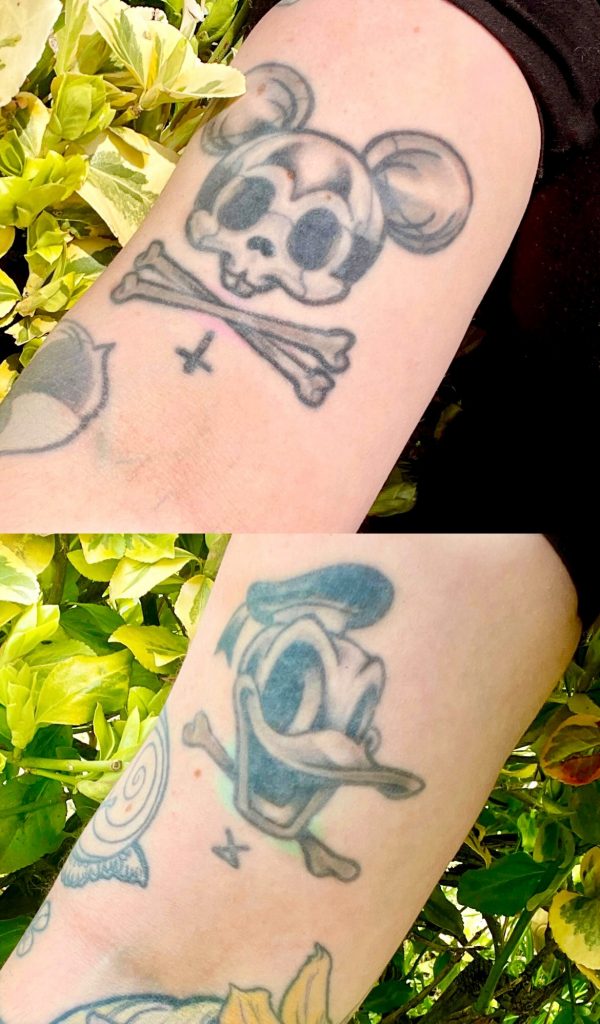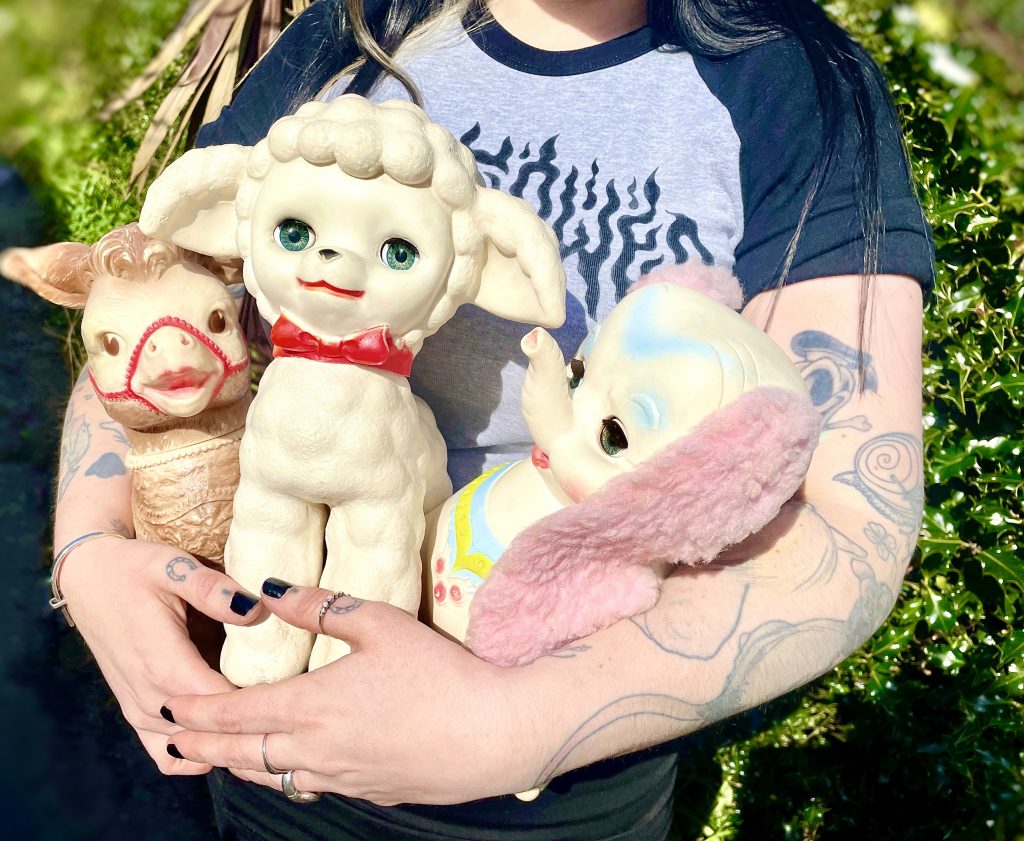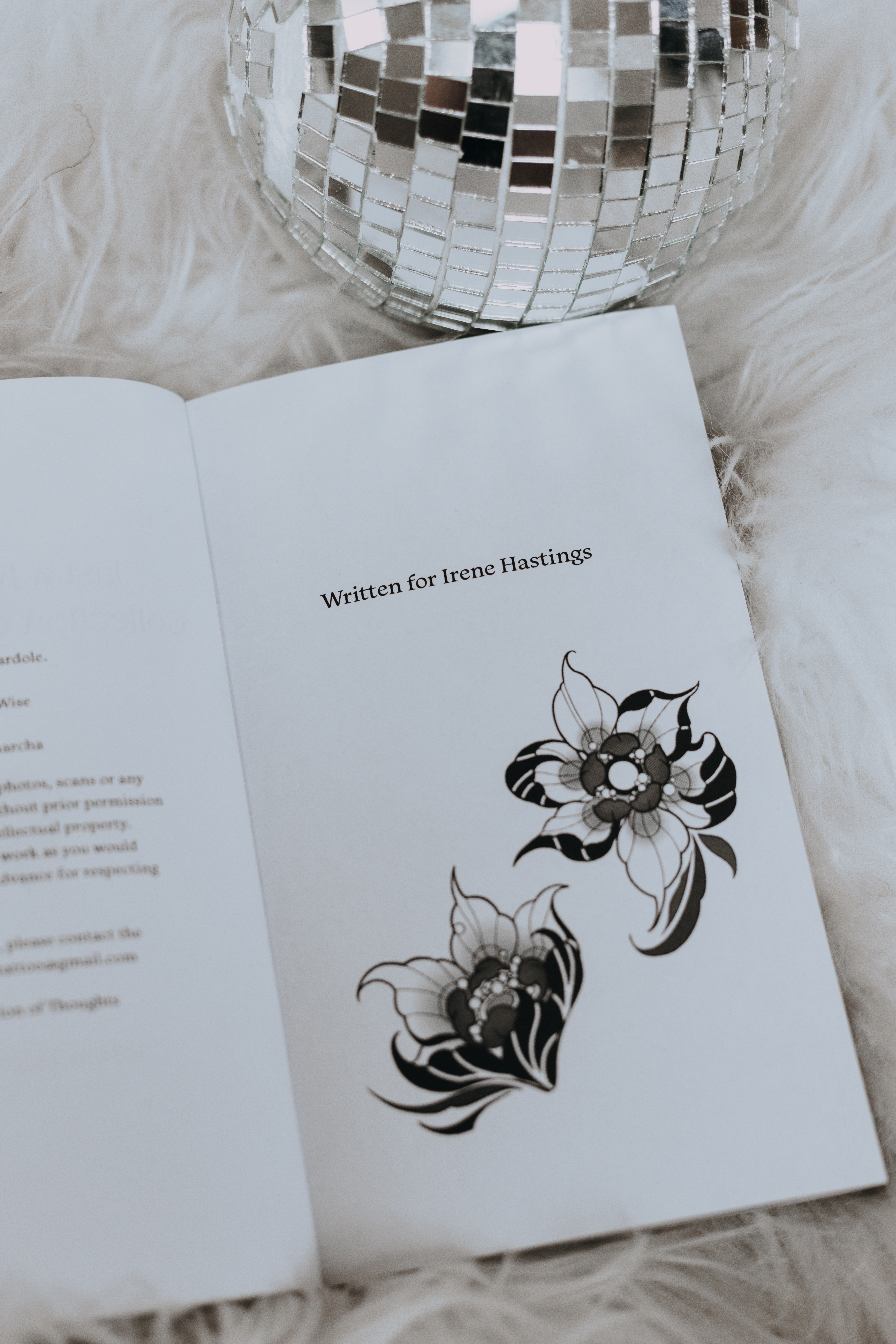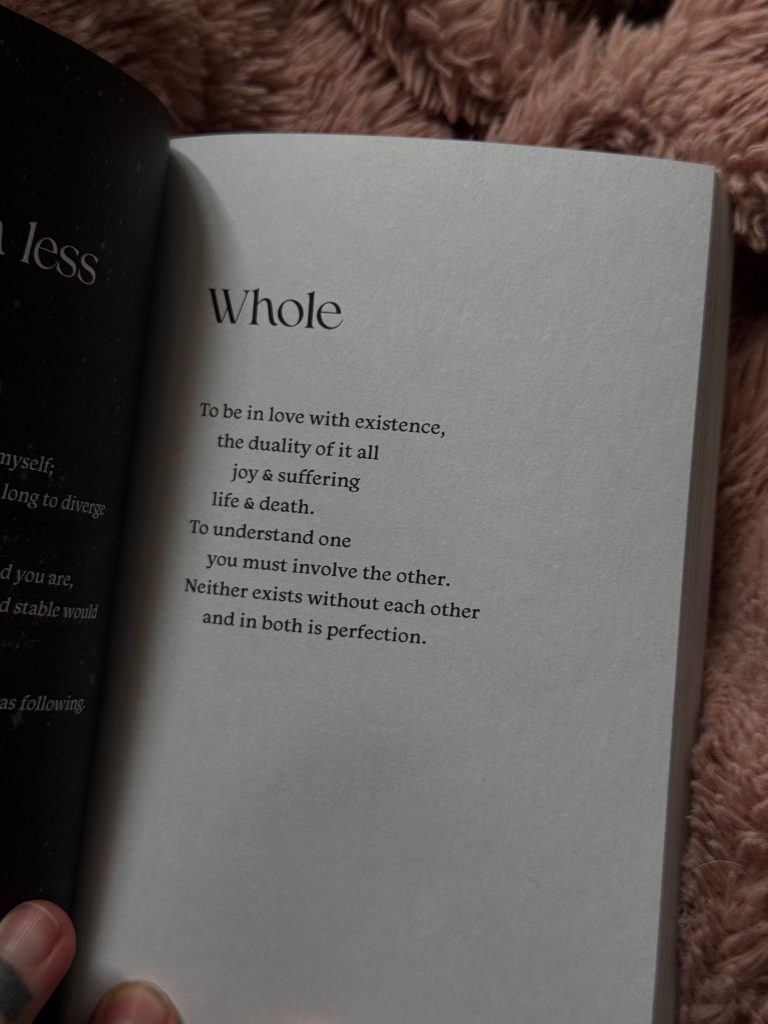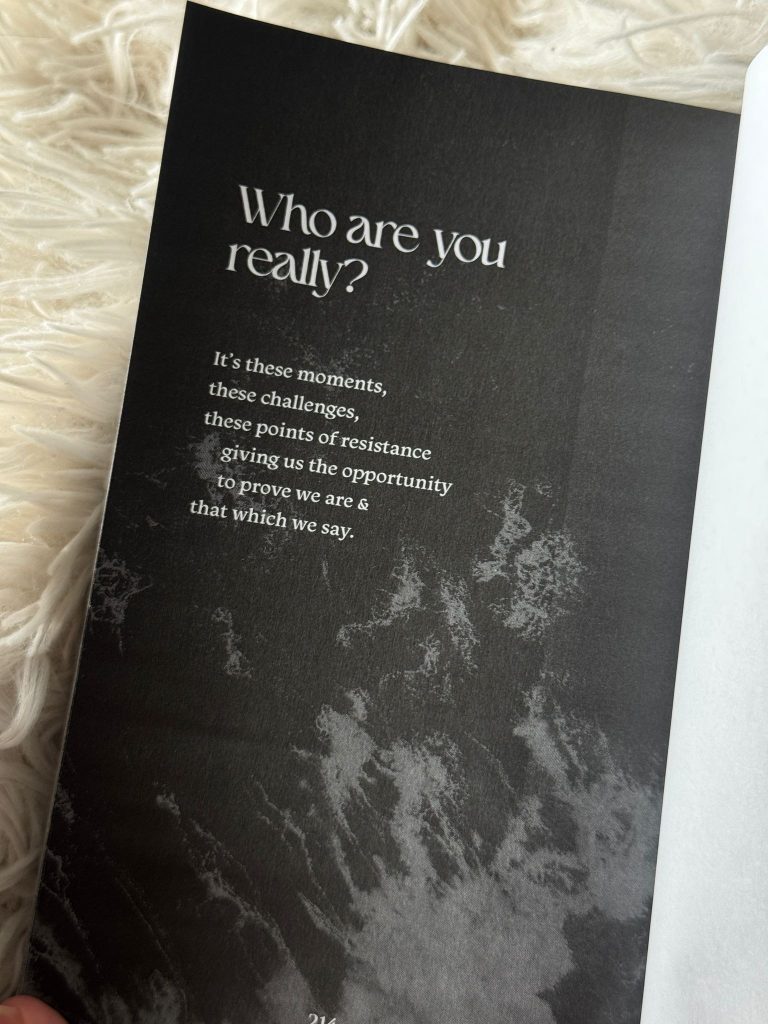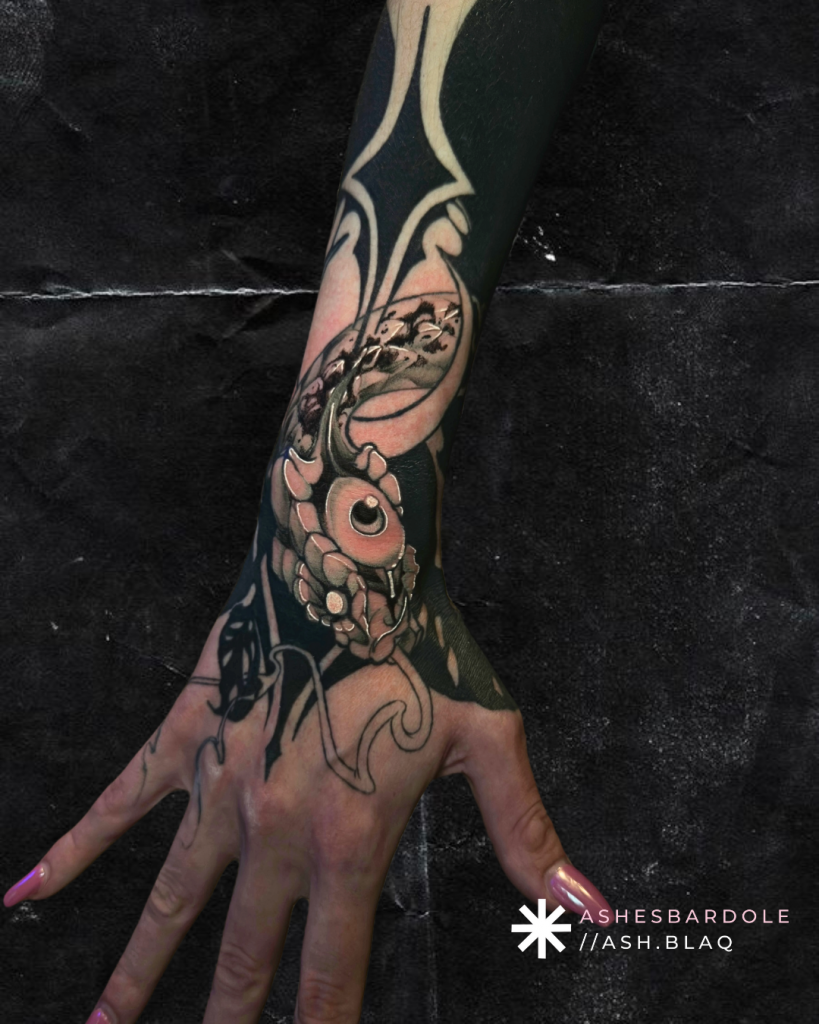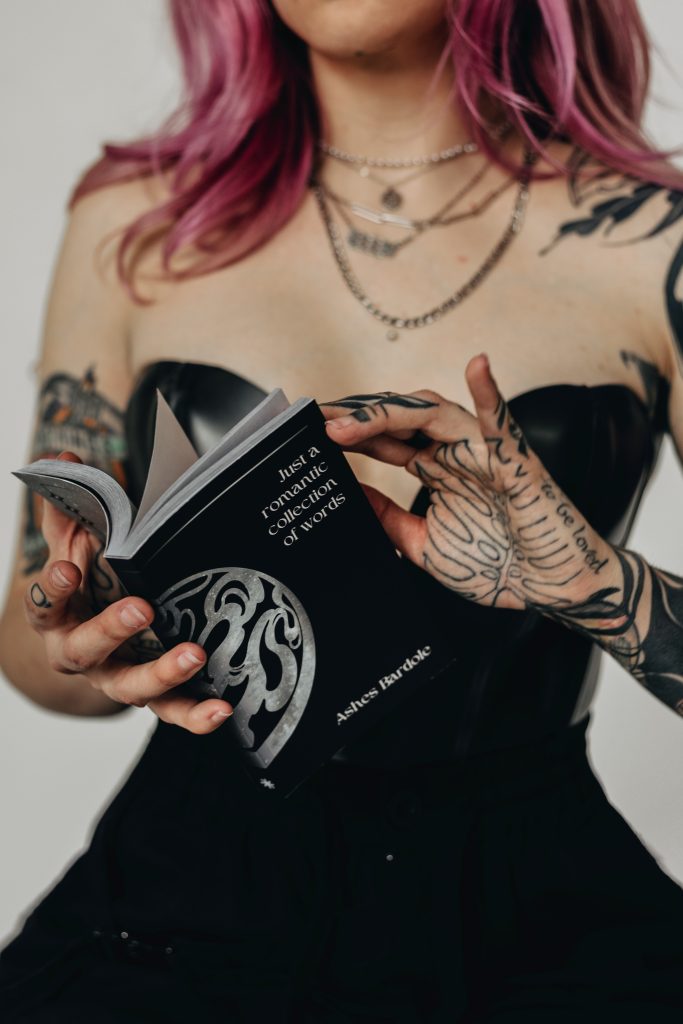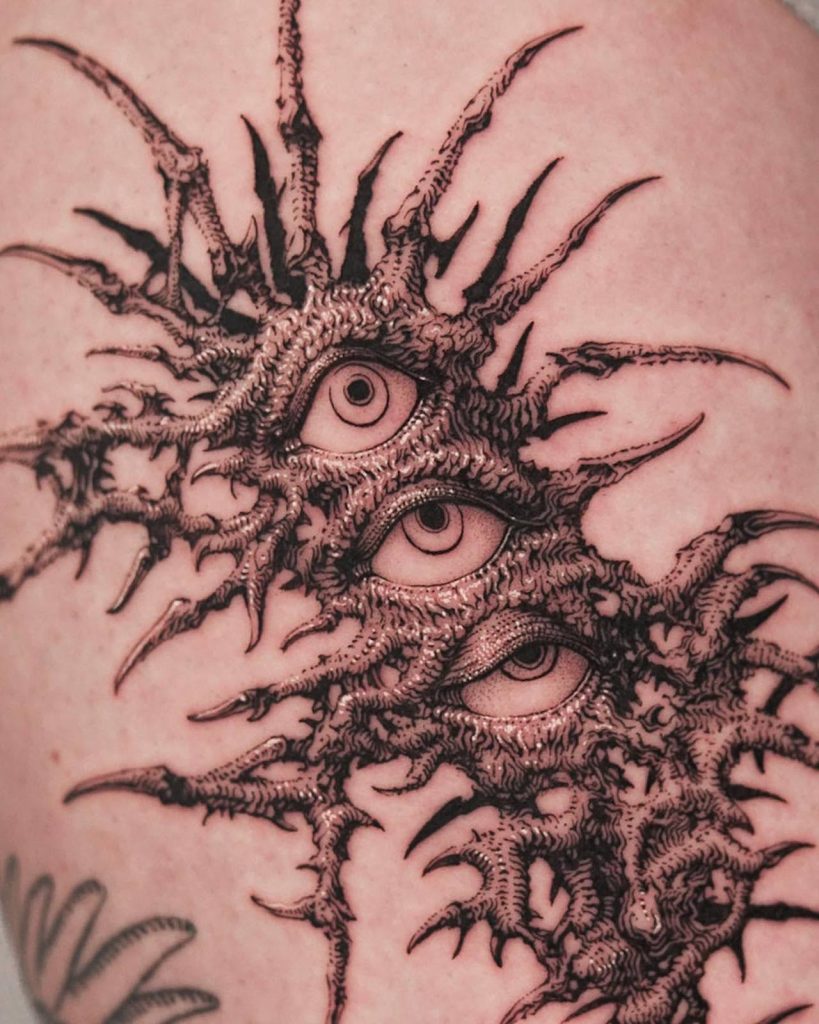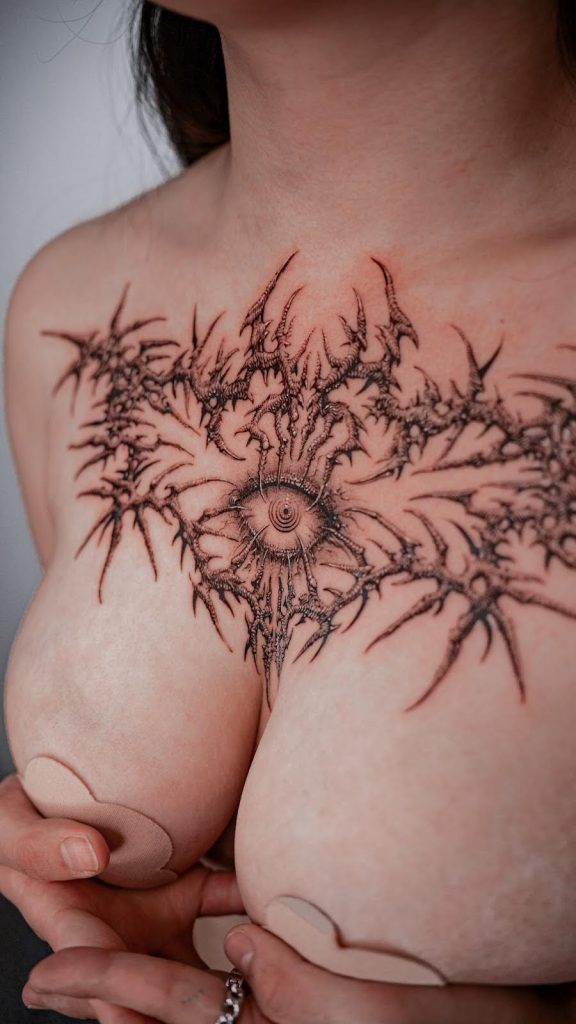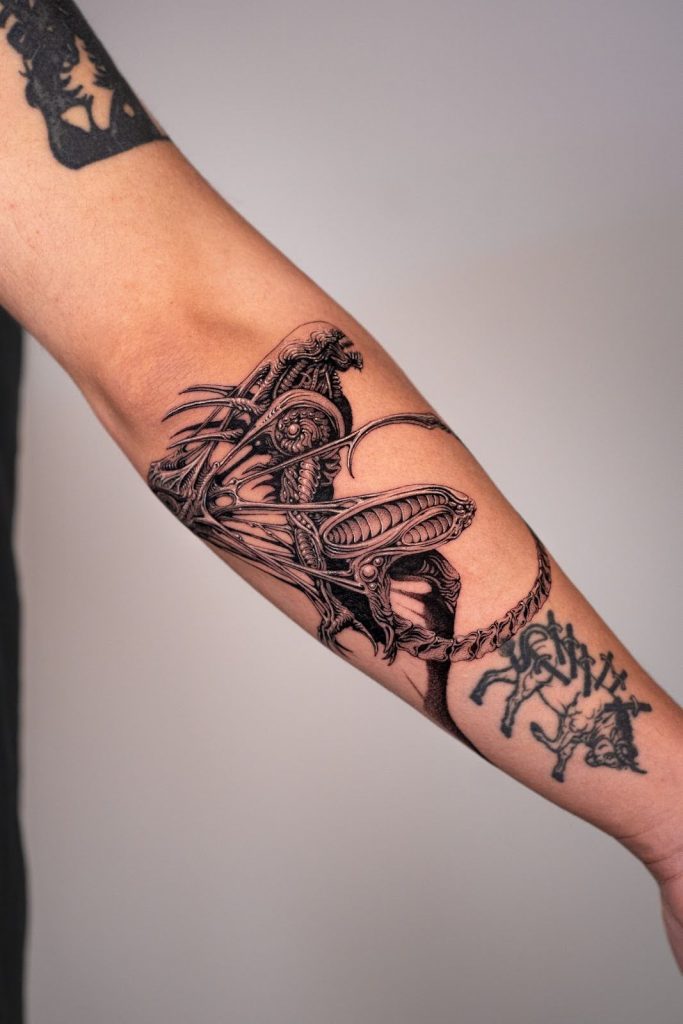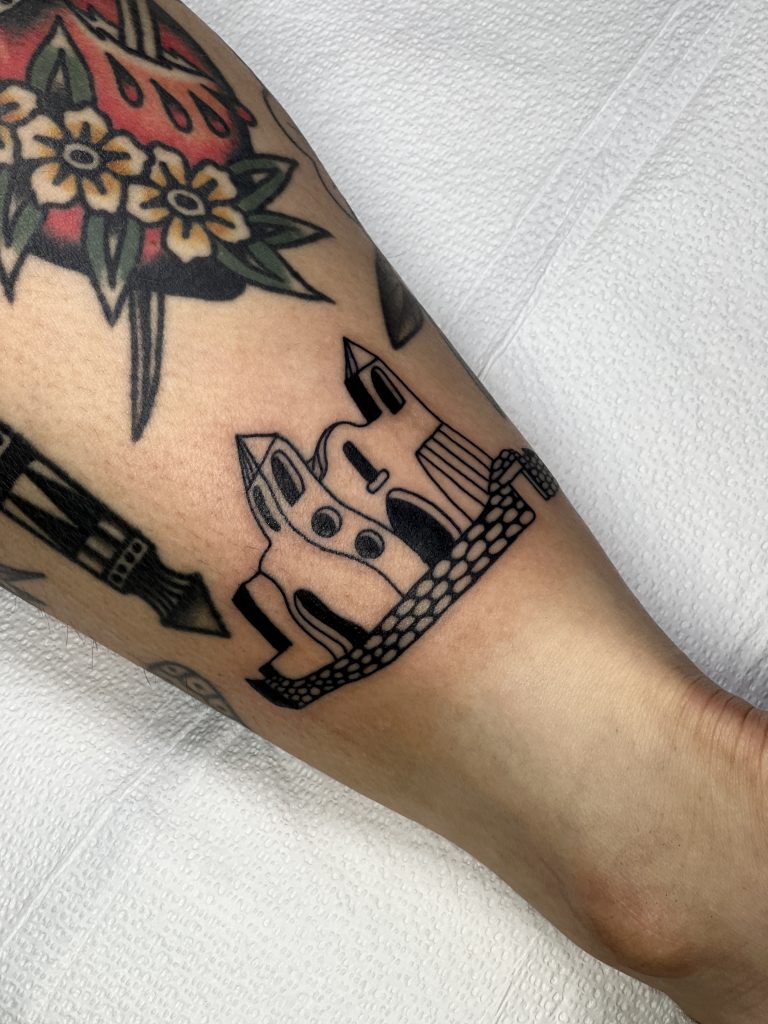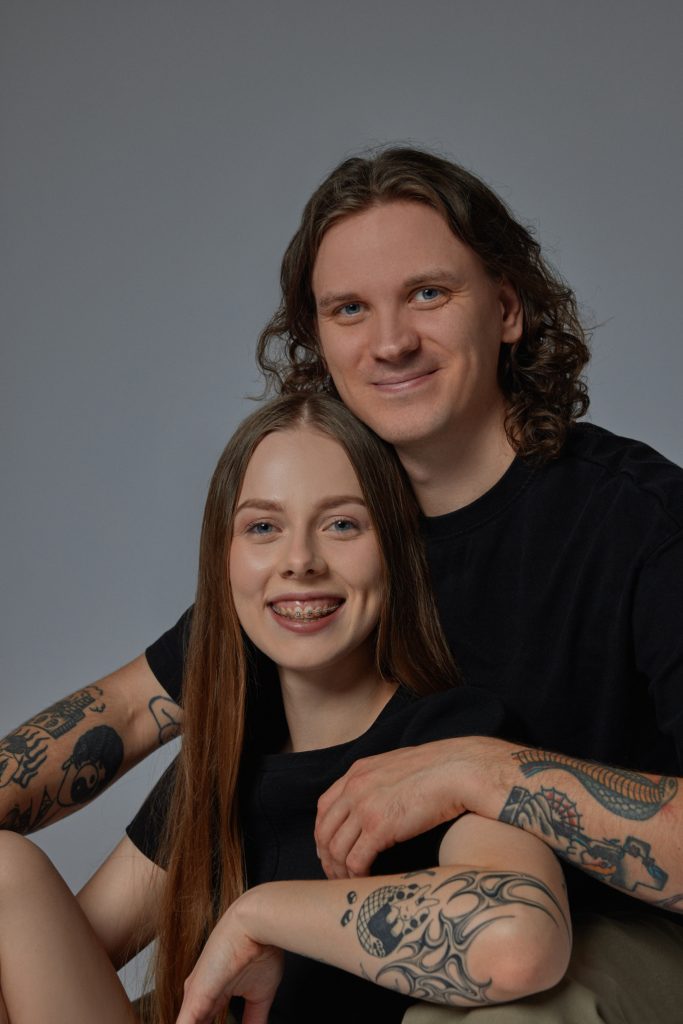Tattoo artist Nick Lazaris, aka Laz (@Laz_tattoo), creates black-and-white realism tattoos at Animalistic Body Art in Adelaide, Australia. He started working life as a security guard, but art was in his heart from a very young age – so he did an old-school apprenticeship to learn the trade and now he’s known for tattooing football players and Olympic swimmers, we sat down with the artist to find out more about his art and passions…
What made you fall in love with tattooing? Was there a poignant memory from your past? Tell us about it…
I was getting tattooed at 15, which was very young – too young, really. Around that time I was collecting magazines and every time I saw a photo of a tattoo on someone I’d always stare and want to know what it meant to the person.
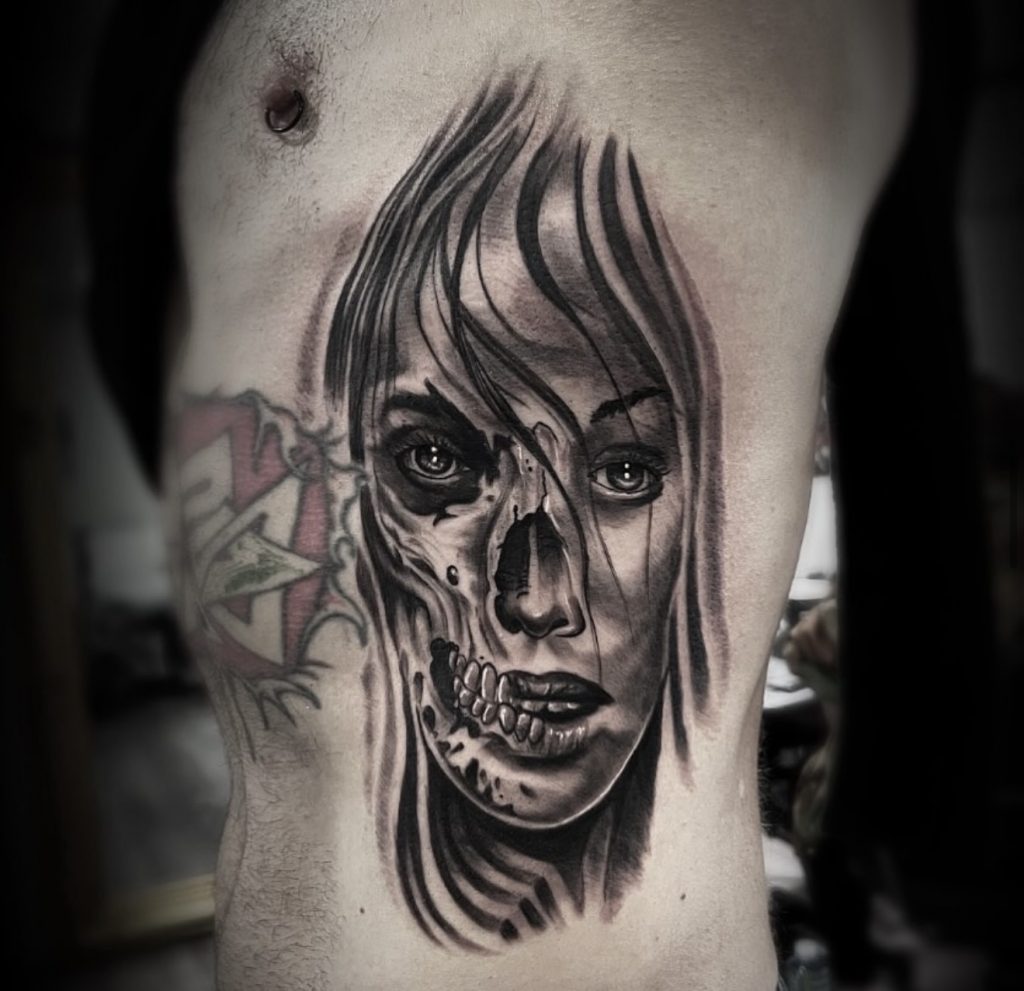
When did you decide you wanted to become a tattoo artist? How did you learn?
I think it was around the time I left school. I was a security guard and I was looking for a career. I’d always shown talent with my drawing, and I started getting tattooed when I was young. So, it was pretty clear to me that’s what I wanted to pursue.
I started getting tattooed at a place on the road where I lived in Newtown, Sydney, and got to know the guys there. The boss had a few shops and someone was leaving his shop in Sydney suburb Kings Cross so I took my portfolio in to show him and he took me on.
I did an old-school apprenticeship; getting stencils ready for the artists, cleaning and watching and I slowly got into it as I went along.
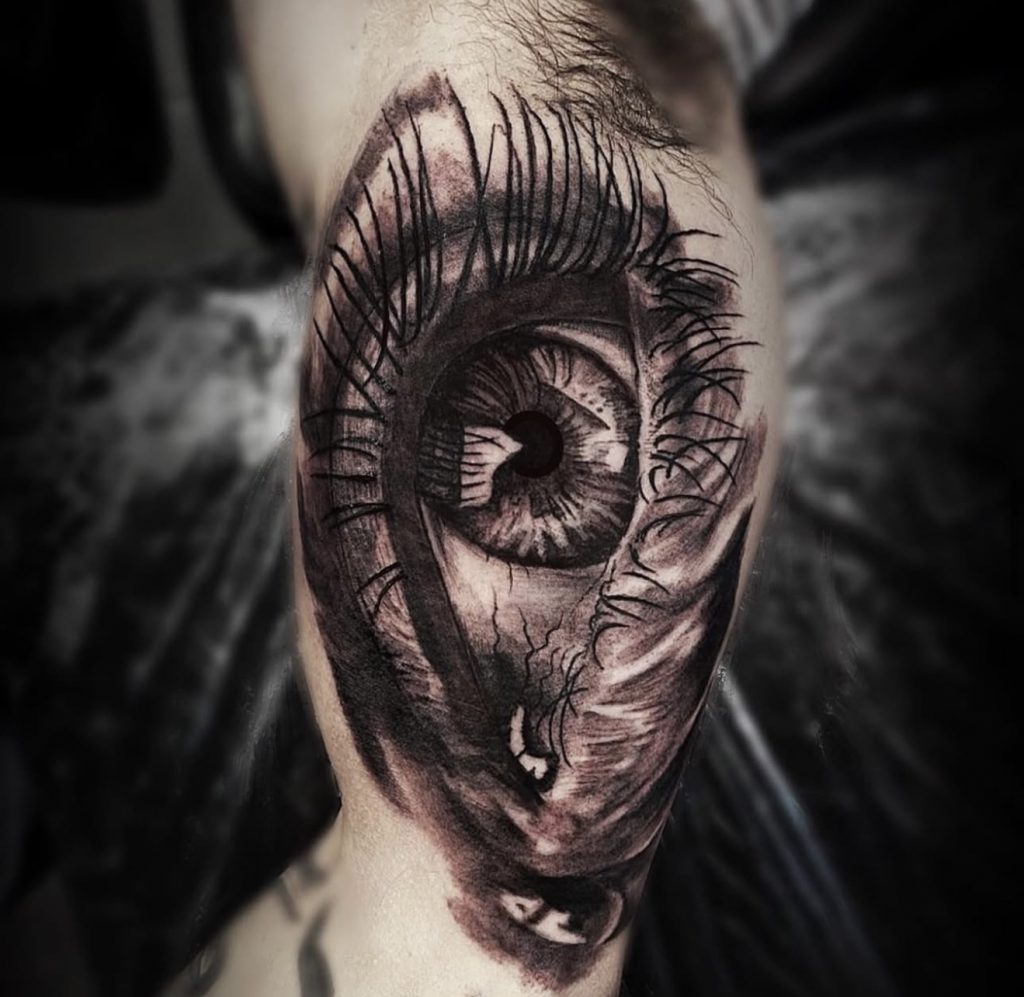
We love that first and foremost you call yourself an artist. Can you tell us a bit more about that side of your work?
I was always drawing when I was young and never touched any other mediums. When I was an apprentice I had a friend whose parents had an art store that had closed down and she had a big box of oil paint that she gave to me.
They sat around for a while ’cause I was a little scared to use them and one day when I was down on life I got them out and had a go. I think I painted Vincent Price from Dr Phibes and it opened up a whole new world to me.

What I loved the most is it helped my tattooing and as I got more into tattooing that then helped my painting. I’ve designed album covers for some of my favourite bands, t-shirt designs and football jerseys.
It’s as much a part of me as tattooing is. I also teach drawing and painting now at an art store here in Adelaide that has a workshop, which is really fun.
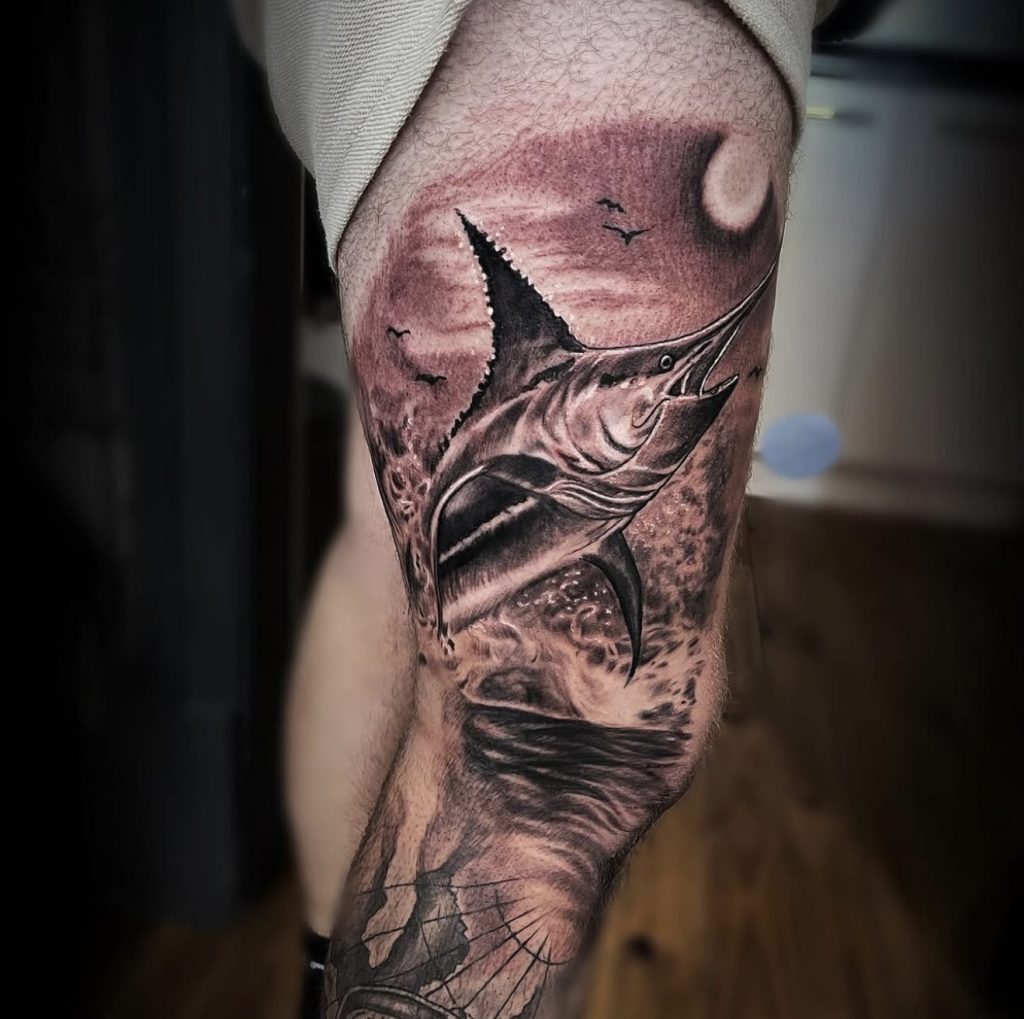
You’ve been tattooing for 20 years now, how much has the industry changed in that time? What was it like back then compared to now?
It really has changed a lot, walking into a tattoo expo used to be so loud and now it’s all quiet from all the rotary machines. When I started it was still a bit of a tough guys’ game, you’d have an element of fear walking into a tattoo shop in the mid 2000s and because of that a lot of really good artists were deterred from tattooing.
Now, those quiet people who are great at art who would never have dreamt of being a tattooist are doing it – and it’s upped the quality 1000 times, which is a good thing. Don’t get me wrong, I loved it back then too, there was an exclusivity to the industry that made the community a lot tighter, so it wasn’t all bad. But it’s great to see how far the quality has come.
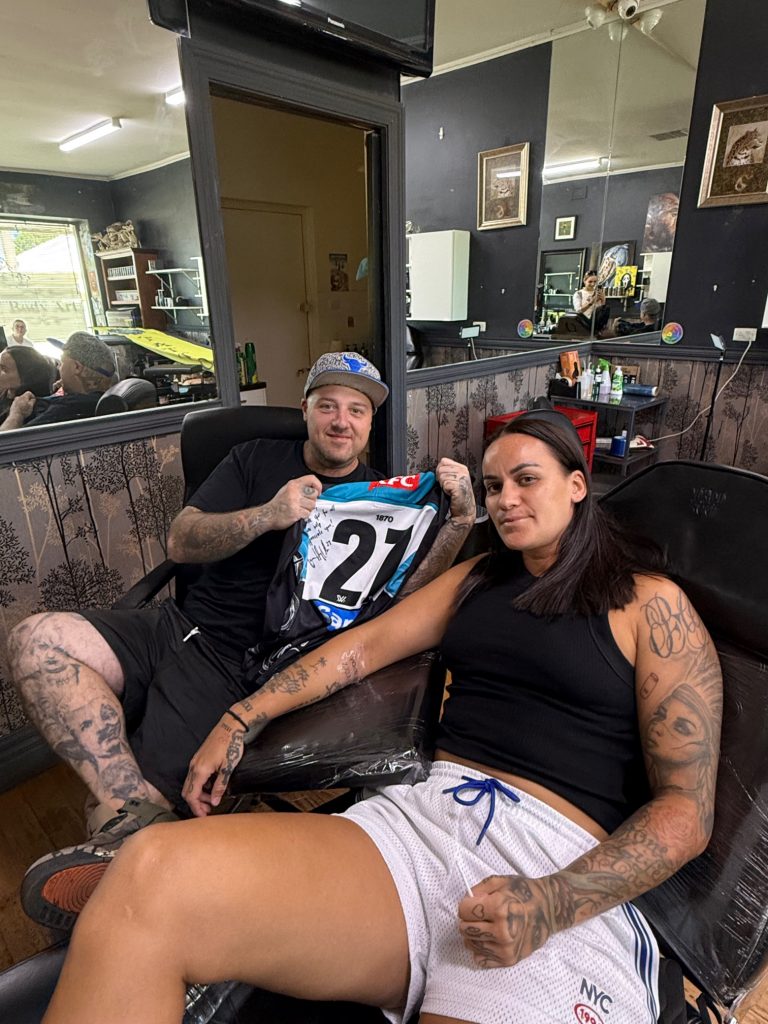
Why do you think you’ve become the go-to tattoo artist for football and basketball stars in Australia?
I’m a sport lover myself, so I’ve been involved in some art projects for our sport teams here in South Australia. I’ve done murals up at the clubs, among other stuff, so I’ve got my foot in to meet a lot of athletes over the years.
I tattooed a few people, then they told their mates and it snowballs. It’s become a right of passage for teams like the Adelaide 36ers and Port Adelaide football club to come see me when they get drafted or traded here. I’ve had people come in on their the first day in Adelaide at their new club hearing I was the guy to come to for tattoos, which is cool.
I’ve made a lot of great friends through the clubs, we have a lot in common – we’re meticulous about our preparation and we always want to be better.
It’s also a good way to get to know these guys, it’s a real bonding experience tattooing someone and I love to see what makes them tick. It’s very inspiring to be around people at the top of their craft.
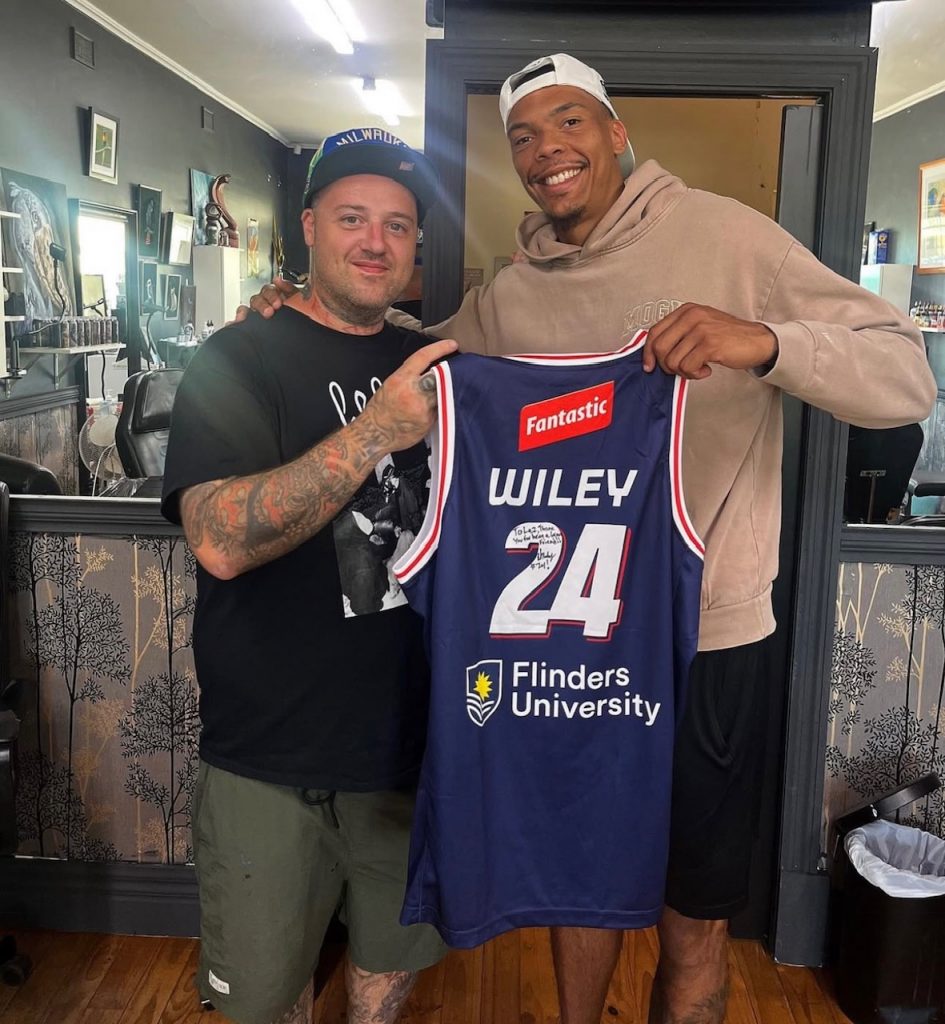

We hear you’ve tattooed Olympic swimmers like Kyle Chalmers? What was that like?
Yeah, I tattooed Kyle and that opened so many doors for me, he’s a great friend. I tattooed him a couple times and we hit it off, we’re very similar in a lot of ways, and we became like brothers over the years. We even had a YouTube show (Mates & Plates) where we interviewed athletes at his house and made a meal for them.
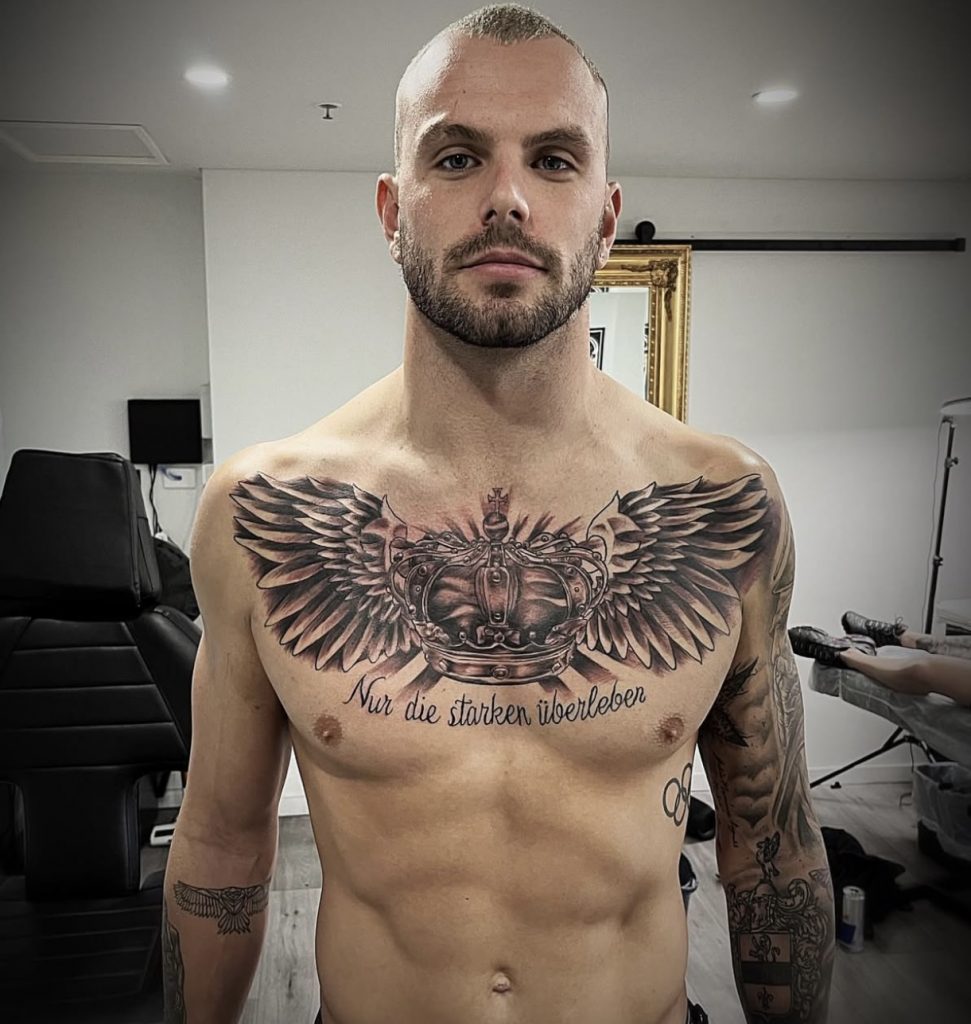

Who’s the most interesting person you’ve tattooed?
I tattooed Fred Durst from Limp Bizkit some years ago and we had a really good chat about an incident that happened at a music festival where a young girl lost her life. Fred opened up and showed a lot of emotion during the tattoo and I saw a side that only people that know him would see. It was a fun day hearing some of his touring stories from over the years.

What album covers have you created for bands?
I’ve been very lucky to do album covers for some of my all-time favourite bands. Most recently, I did Carnival of Killers by Macabre – if you haven’t heard them you should check them out they do true crime songs and call it ‘murder metal’, a very unique band.
I did The Murder Junkies album Road Killer, which was quite controversial and received a lot of angry press – perfect for an offensive punk band!
My good friend Nick Oliveri who played in Queens of the Stone Age and the Dwarves has a band called Mondo Generator and I did the cover For Hell Comes to Your Heart.
Does this mean you get to go to lots of fun gigs?
Absolutely, I love my music as much as I love my sport so I’ve been lucky to tattoo a lot of musicians when they tour. Also projects like this get me in touch with bands directly so I get lots of tickets thrown my way, which never goes unappreciated.
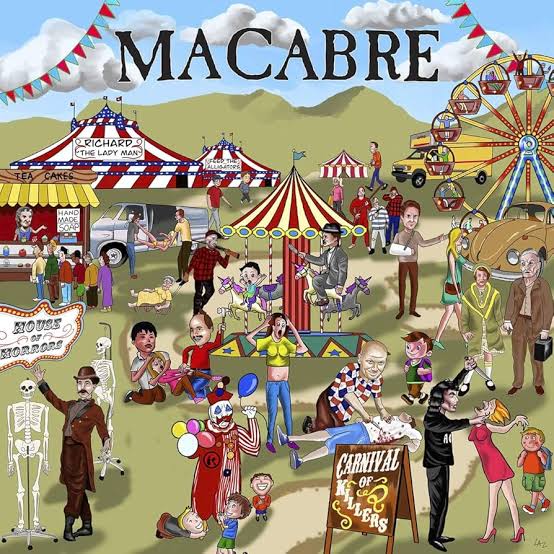
How do you like to work with your customers? Do you mostly do custom work or flash too?
I do all kinds of tattoo work, but I mainly specialise in realism. So, people will come to me with an idea and give me a few references and they’re usually fine with me doing my own thing with it. That’s the good thing with online portfolios and social media these days, our clients put trust in us when they’ve seen what we’ve done before.

Does your style of art and the style of your tattoos complement and inform each other – if so, how?
It’s funny but I do mostly black and grey with tattooing, but mostly colour in painting. I don’t know why that’s turned out like that but it has.
However they’ve really helped each other over the years. I use a lot of the structure from my painting from my tattoo preparation and I’ve used a lot of colour theory to help my tattooing.
So they definitely complement each other. I find I’ll be doing something while I’m painting that I’ve adopted from years of tattooing, like working in a certain direction and not even realising it’s happening at the time.
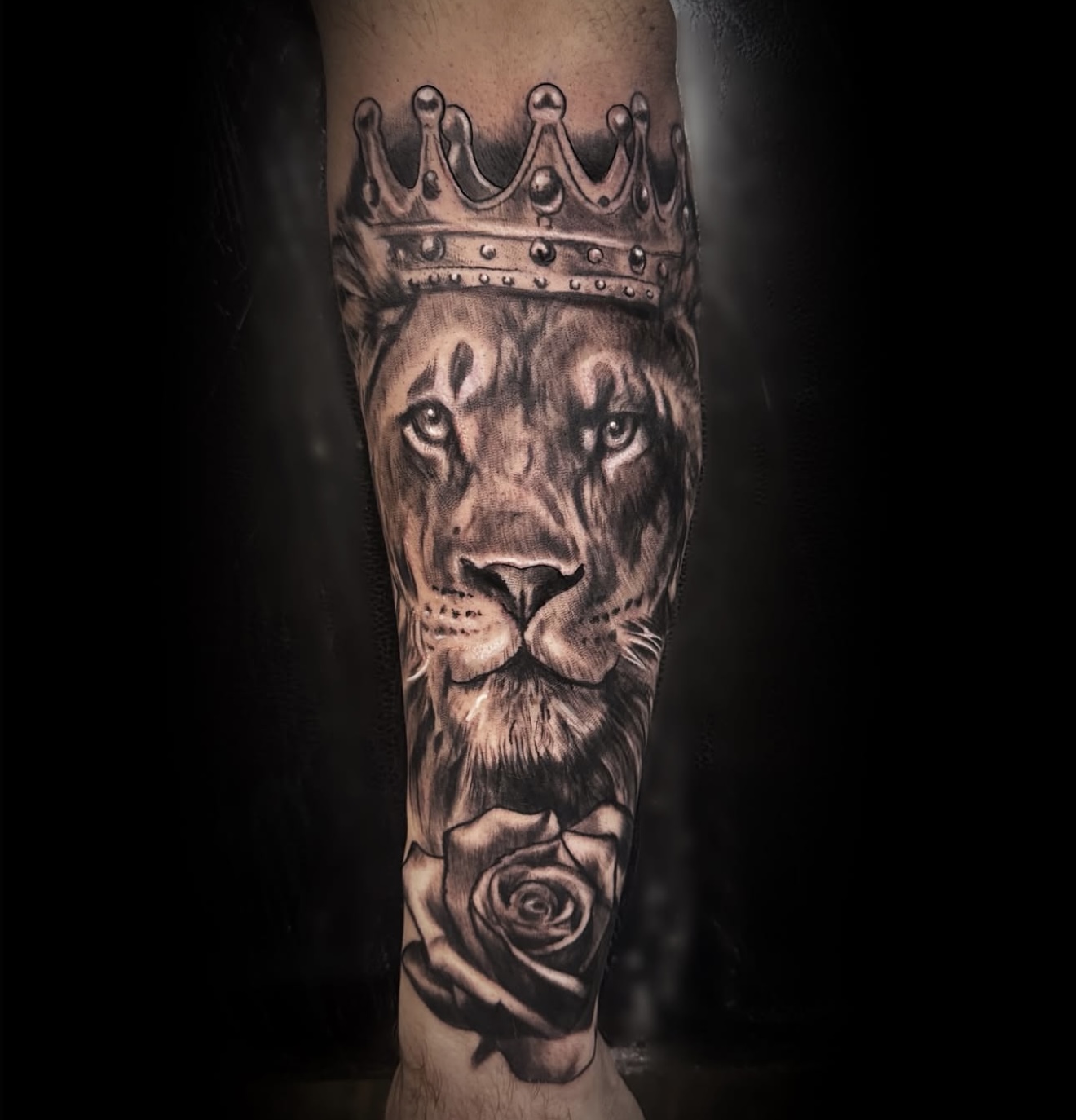
What do you do when you’re not tattooing?
These days I have a bit more of a low-key life, if I’m not tattooing I’m teaching art or painting and hanging with my pets (my dog Curtis and my cat Polly) as much as I can.
Going to sport games, live music, hanging with friends and seeing my family as much as I can, too.

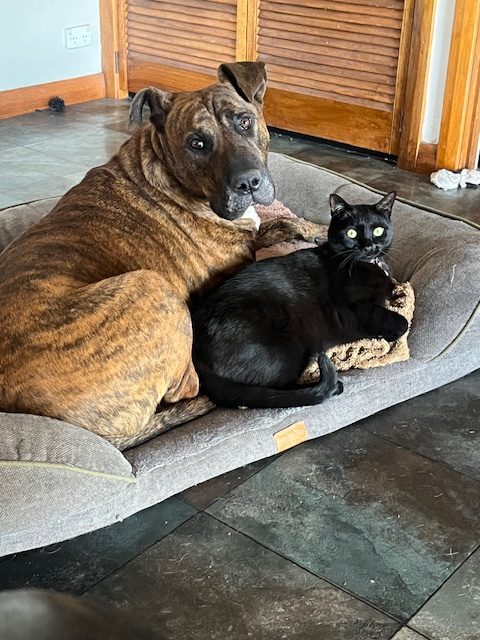
What are your hopes for the future? Both for your personal work and more general in tattooing?
I’m looking to tap into the horrorcons and comicons to share my art. It’s a bit of a dream of mine to go over to the US to tattoo and showcase my art at conventions and do as much of that kind of stuff as possible. I love to paint horror movie characters and things like that and no one does those kind of expos like they do over there.
Same with the tattoo conventions – we don’t have a big market for it over here and I’d love to be able to get my name out more.
We’ve loved chatting… See who @Laz_Tattoo is tattooing next and find out more about his painting commissions by following @PaintingsByLaz.
We’re always talking to amazing tattoo artists, check out our latest interviews.
